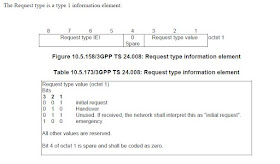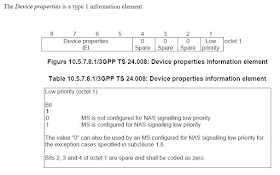A UE is either in RRC_CONNECTED state or in RRC_INACTIVE state when an RRC connection has been
established. If this is not the case, i.e. no RRC connection is established, the UE is in RRC_IDLE state.
- RRC_IDLE:
- A UE specific DRX may be configured by upper layers;
- UE controlled mobility based on network configuration;
- The UE:
- Monitors a Paging channel;
- Performs neighbouring cell measurements and cell (re-)selection;
- Acquires system information
- RRC_INACTIVE:
- A UE specific DRX may be configured by upper layers or by RRC layer;
- UE controlled mobility based on network configuration;
- The UE stores the AS context;
- The UE:
- Monitors a Paging channel;
- Performs neighbouring cell measurements and cell (re-)selection;
- Performs RAN-based notification area updates when moving outside the RAN-based notification area;
- RRC_CONNECTED:
- The UE stores the AS context;
- Transfer of unicast data to/from UE;
- At lower layers, the UE may be configured with a UE specific DRX;
- For UEs supporting CA, use of one or more SCells, aggregated with the SpCell, for increased bandwidth;
- For UEs supporting DC, use of one SCG, aggregated with the MCG, for increased bandwidth;
- Network controlled mobility within NR and to/from E-UTRAN;
- The UE:
- Monitors a Paging channel;
- Monitors control channels associated with the shared data channel to determine if data is scheduled for it;
- Provides channel quality and feedback information;
- Performs neighbouring cell measurements and measurement reporting;
- Acquires system information.









